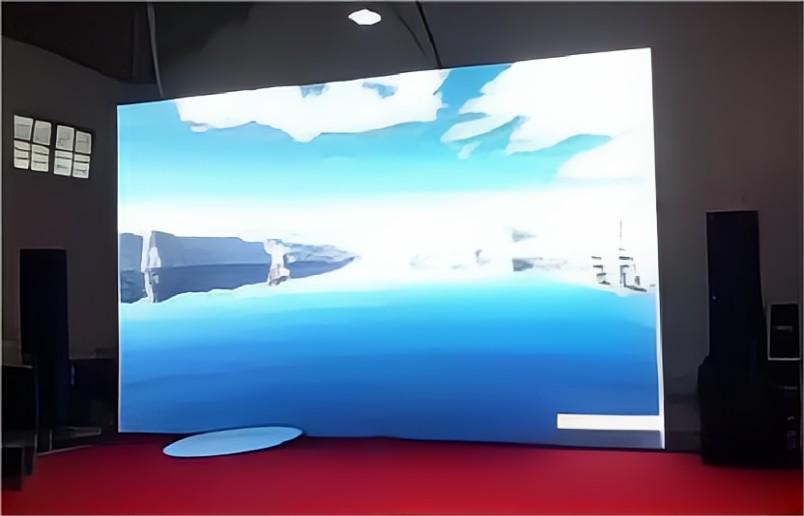In the ever-evolving landscape of outdoor advertising, LED displays have emerged as a revolutionary tool that captures attention with vibrant visuals and dynamic content. These displays have redefined the way businesses communicate with their target audiences, leveraging their versatility and eye-catching appeal. However, a key challenge for LED advertising display manufacturers is ensuring optimal visibility and readability of content regardless of the ambient light conditions – be it the glaring sun of noon or the subdued hues of nightfall. This is where automatic brightness adjustment and other adaptive technologies come into play.
One of the remarkable features of LED displays is their capability to produce high-quality visuals, even under direct sunlight. However, the same intensity that makes them visible during the day can become overwhelming as the sun sets and ambient lighting conditions change. During the nighttime, overly bright displays can cause discomfort to pedestrians and disturb the surroundings.
To address this challenge, manufacturers have devised sophisticated solutions that allow LED displays to seamlessly transition between different ambient light scenarios, ensuring an optimal viewing experience at all times.
Automatic brightness adjustment is a fundamental technology that enables LED displays to maintain an ideal level of luminosity irrespective of external lighting conditions. This technology relies on ambient light sensors strategically positioned on the display panel. These sensors continuously measure the intensity of ambient light and relay the information to the display's control system.
The control system, often powered by advanced algorithms, dynamically adjusts the brightness and contrast of the display in real-time. When the ambient light is high, such as during the daytime, the display's brightness is increased to counteract the sun's glare. Conversely, during the night, the display automatically dims to prevent unnecessary light pollution.
Beyond automatic brightness adjustment, some LED displays go a step further by incorporating dynamic content mapping. This technology involves adapting the displayed content to match the prevailing lighting conditions. For instance, during the day, the display might showcase high-contrast, vibrant content to combat sunlight interference. As the evening sets in, the content can transition to softer colors and subtler animations to blend seamlessly into the darker environment.

In recent years, artificial intelligence (AI) and machine learning (ML) have played an increasingly significant role in enhancing the adaptability of LED displays. Manufacturers are developing AI-powered algorithms that can predict changes in ambient light based on historical data, weather forecasts, and other variables. This predictive analysis enables the display to proactively adjust its brightness and content strategy even before the lighting conditions shift.
Adaptive ambient light technologies not only enhance user experience but also contribute to energy efficiency. LED displays that intelligently adjust their brightness consume less power during the night, reducing energy consumption and minimizing their ecological footprint.
As technology continues to advance, we can anticipate even more sophisticated adaptations in LED advertising displays. Future innovations might include displays that dynamically alter their physical properties, such as reflectivity, to achieve optimal visibility under changing light conditions. Furthermore, seamless integration with smart city infrastructures could allow these displays to interact with data streams, optimizing content based on real-time data like traffic flow and pedestrian density.
LED advertising display manufacturers are constantly striving to create displays that seamlessly adapt to varying ambient light conditions. Through automatic brightness adjustment, dynamic content mapping, AI and ML integration, and a commitment to eco-friendly solutions, these manufacturers are not only addressing visibility challenges but also shaping the future of outdoor advertising. As urban landscapes continue to evolve, LED displays are poised to become even more integral to modern communication, capturing attention with precision and flair, day and night.

3th Building,Gaosite Zone Pingshan
New District, Shenzhen

sevice88@kingaurora.com
3th Building,Gaosite Zone Pingshan
New District, Shenzhen